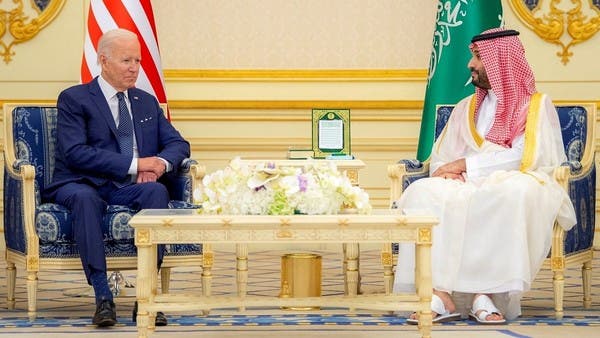China has a complex network of trade partnerships with over 200 countries, regions, and territories, and it has a trade surplus with the majority of them, including the US and India, while having deficits with major Asian economies like Taiwan, Japan, and South Korea. These trade relationships are influenced by historical, geopolitical, and strategic factors.
China's dominance in global shipping logistics and data through its commercial logistics platform Logink is raising concerns among US lawmakers and experts, who view it as a security risk and a potential threat to supply chains and military operations. The platform, overseen by China's transport ministry, partners with over 20 ports globally and collects information on shipping and cargo movement worldwide. US lawmakers have introduced a bill to prevent the US Defense Department from entering contracts with entities that use Logink and to stop its expansion through US industries and American allies.
Global leaders have announced a multinational rail and ports deal at the G20 summit in New Delhi, aiming to connect the Middle East and South Asia and provide an alternative to China's Belt and Road initiative.
US President Joe Biden described India's plan to build a rail and shipping corridor linking India with the Middle East and Europe as a "game-changing investment" during the G20 Summit, aiming to boost trade, transport energy resources, and improve digital connectivity.
India, along with several countries including the UAE, Saudi Arabia, EU, France, Italy, Germany, and the US, will launch an economic corridor connecting India, the Middle East, and Europe, which is expected to significantly boost trade and connectivity.
India, along with the US, EU, Saudi Arabia, and UAE, has signed a deal to establish the India-Middle East-Europe Economic Corridor (IMEE EC) as an alternative to China's One Belt One Road (OBOR) initiative, aiming to provide faster and cheaper transportation options to west Asia and Europe.
The proposed India-Middle-East-Europe Corridor, seen as a rival to China's Belt And Road Project, will be a bankable project that brings in revenue and avoids the debt trap, according to Railway Minister Ashwini Vaishnaw.
A new multibillion-dollar rail and shipping corridor called the India-Middle East-Europe Economic Corridor was announced at the G20 summit, which aims to enhance connectivity and integration between participating countries and boost economic growth in the Middle East.
A new ports and railway corridor for the Middle East and South Asia, which includes train links to India, has been unveiled at the G20 summit in Delhi as a response to China's Belt and Road Initiative.
India and Saudi Arabia are discussing the possibility of trading in their local currencies, potentially ending their reliance on the US dollar for cross-border transactions.
The plan by the U.S. and India to build an alternative to China's Belt and Road Initiative could lead to better deals for countries along the route and is seen as healthy competition by participants at a conference in Hong Kong.
The United States is in regular contact with Saudi Arabia to ensure a stable and affordable supply of energy to global markets, according to National Security Advisor Jake Sullivan. This comes as cuts in oil output by Saudi Arabia and Russia are expected to result in a significant market deficit.
Saudi Arabia's Crown Prince Mohammed bin Salman's attendance at the recent G20 summit in India, along with its inclusion in the China-dominated BRICS coalition and signing of the ship-to-rail economic corridor supported by President Joe Biden, highlights the complex web of alliances and economic opportunities arising from the rivalry between the US and China. These developments show the various economies caught between the two powers seeking to build their own strategic alliances and spheres of influence.
Saudi Arabia and India have significantly increased their level of engagement and cooperation, with numerous agreements signed during the recent visit of the Saudi crown prince to India, indicating potential for India to contribute to the Kingdom's Vision 2030 transformation plan and ongoing megaprojects such as NEOM.
India-Middle East-Europe Economic Corridor, proposed by India, the US, United Arab Emirates, and Saudi Arabia, aims to create shipping and railway links that will connect Europe and the Middle East to India and counter China's 'Belt and Road' initiative.
Western countries have an opportunity with the Partnership for Global Infrastructure and Investment (PGII) to counter China's struggling Belt and Road Initiative by providing a credible infrastructure plan for developing countries, but the financing and transparency of the PGII still need to be addressed.
